In my last article, I told you about the products I use around my apartment for a more eco-friendly home that cuts back on waste. This week, I have a similar theme to tackle. I’ve decided to write about the cosmetics and personal hygiene products that I have been using since I started making my way towards a greener lifestyle!
About a year ago, I took a good long look at the cosmetics I was using and I did not like the ingredients that were in them AT ALL. Derivatives of the petrol industry, beef fat (that’s what “sodium tallowate” really means) and a lot of palm oil that has been be linked to deforestation. They were also often tested on animals in terrible conditions.
Bit by bit, I replaced most of these products with alternatives that I enjoy using and that are better for the environment. I chose each product for different reasons. Some have all-natural ingredients, some replace disposable items that pollute our oceans and hurt birds and marine life, others cut back on packaging and others still allow me to use less cosmetics, which in turn cuts back on water used when showering and the amount of plastic bottles thrown away.
I hope you’ll find this helpful! As you’ll see at the end of the article, I haven’t found solutions for everything and I’d be really interested to hear about any suggestions you might have!
Note: As mentioned in my last article, most of these products are from French brands. You might need to look into local equivalents near you!
Face
First off, I use these cotton handkerchiefs to replace disposable tissues. They are very useful for everyday use although I still buy paper ones for when I have a bad cold, for example. They are big and soft, and if you’re worrying about being grossed out by them, just think of this: once a handkerchief has been used, all you need to do is throw it into the washing machine instead of the waste bin. You don’t have to put them in the dirty laundry basket and then rummage through them on laundry day!
I bought this weird contraption to replace disposable cotton buds. Why, you may ask? Because the plastic sticks on those things are not recyclable plus the production of cotton is quite wasteful as it requires an awful lot of water. Did you know that 25.5 billion cotton buds are produced (and thrown away) each year? Just think of the impact on the planet… This being said, I’ve got to admit that I do prefer the feeling of a proper cotton bud, but I will not buy them again as I learned that they are really, really bad for your ears.
I have been using reusable makeup remover wipes for quite some time now, and now I am so used to them that I sometimes forget that they are an “alternative” product in the first place! I use them with a spritz or two of rose water that I absolutely love using and that comes in a recyclable glass bottle.
And finally, I use this face wash and this moisturiser from the French brand Avril. The products are organic and made in France and have no extra packaging. I used to buy my tube of moisturiser in a cardboard box so I consider this progress!
Body
This all-natural deodorant is a dream come true. No exaggeration here: it is has been ridiculously difficult to find a natural deodorant that A) works B) smells good C) isn’t too expensive and D) comes in eco-friendly packaging. I absolutely love this product and I am very glad I can stop making my own! Maxime uses this one (yes, it is marketed towards women but no, he doesn’t care about that). I am also finishing off this brand that is cheap and effective but that I ordered off an American website. As I have now found a French brand I really like, I prefer to reduce my carbon footprint!
I use these cloth sanitary pads that you throw in the washing machine once used. They come out perfectly clean every time so long as you make sure to wash them at 30 degrees tops. Ordinary disposable pads are full of harmful chemicals that should not be near your body, so I gladly replaced them with these.
I stopped using body and face scrubs a long time ago, despite really loving them, when I discovered the beads inside were generally made out of plastic. This article explains how marine biologists are finding more and more plastic residue inside fish bellies and even birds. I have since found reasonably-priced body scrubs made without plastic microbeads like this one and this one, but you can also just mix some sugar or leftover coffee grounds with some coconut or olive oil and use that. That worked for me for a long time but I eventually just wanted something simpler to use.
Also, I try to use bars of nice soap instead of shower gel to prevent throwing away extra plastic bottles. But a lot of soaps contain palm oil which is linked to deforestation. I have tried soaps that are “palm oil free” but they are much more expensive and melt much quicker than the ones containing palm oil as it is a component that solidifies the soap. So, (long story short), I am now buying soaps that are (supposedly) made with sustainably sourced or organic palm oil. I like these and these. This is not my ideal solution but it’s the best I’ve found so far!
Finally, I use coconut oil as an overall moisturiser that is fairly cheap, lasts forever and smells heavenly. I have nearly finished my last jar so I am now going to try abricot oil!
Hair
I stopped using “ordinary” shampoos a year or two ago and I have never looked back. When using them, I had to wash my hair far too often. I did not realise that they contained a lot of harsh ingredients, sometimes even on purpose so as to make you wash your hair again and again and buy more of the shampoo. I now use natural shampoos that contain ingredients that are actually good for you, such as this one, this one or this one, my favourite.
In order to use less shampoo, less water and just have cleaner hair for longer, I apply a green clay mask to my scalp once or twice a week before washing my hair as normal. The clay helps treat the scalp so it produces less sebum, so my hair stays clean for a good 3 days most of the time.
I then use a little bit of cornstarch in lieu of dry shampoo and I’m fine for another whole day, meaning that I can wash my hair every four days! To do this, I sprinkle about a half teaspoon of the powder into my palm (from an old bottle of sesame seeds!) and massage it gently onto the roots of my hair. Five minutes later, I rub my hair with a towel as if I was drying it. This removes excess powder before I brush my hair really, really thoroughly with this wonderful hairbrush that helps redistribute sebum from the roots to the ends. I use it every day and it really helps me wash my hair less often.
Note: As my hair is blonde, I can use plain white cornstarch. But if your hair is brown, you’ll want to make sure your dry shampoo is too. I suggest mixing cornstarch, powdered green clay and unsweetened cocoa powder for a perfect all-natural, eco-friendly dry shampoo. I don’t recommend the aerosol ones that are bad for your lungs, hair and the environment!
Things I’m still trying to replace
As I said earlier on, I have not found perfect solutions for everything. I am still looking for eco-friendly alternatives for plastic toothbrushes and tubes of toothpaste! I know you can buy solid toothpaste but I am not convinced it would be hygienic, affordable or practical. And as for plastic toothbrushes, I am willing to buy bamboo ones but I have heard that they fall apart very quickly despite being 3 or 4 times more expensive than plastic ones. I have read about plastic brushes where you keep the handle and just change the head in order to reduce waste, but I have never found them in any organic stores near me. So the search continues!
I would love to hear if you have any suggestions for eco-friendly alternatives for everyday products! So if you have any ideas I haven’t mentioned, do let me know in the comments!

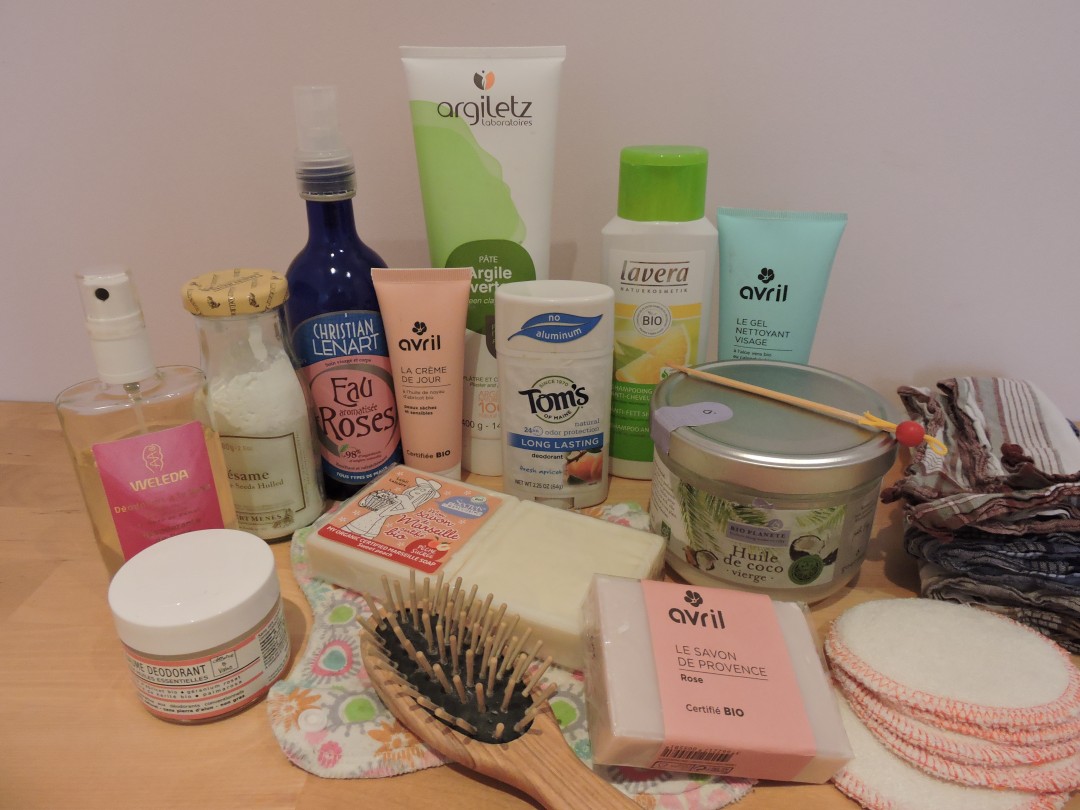
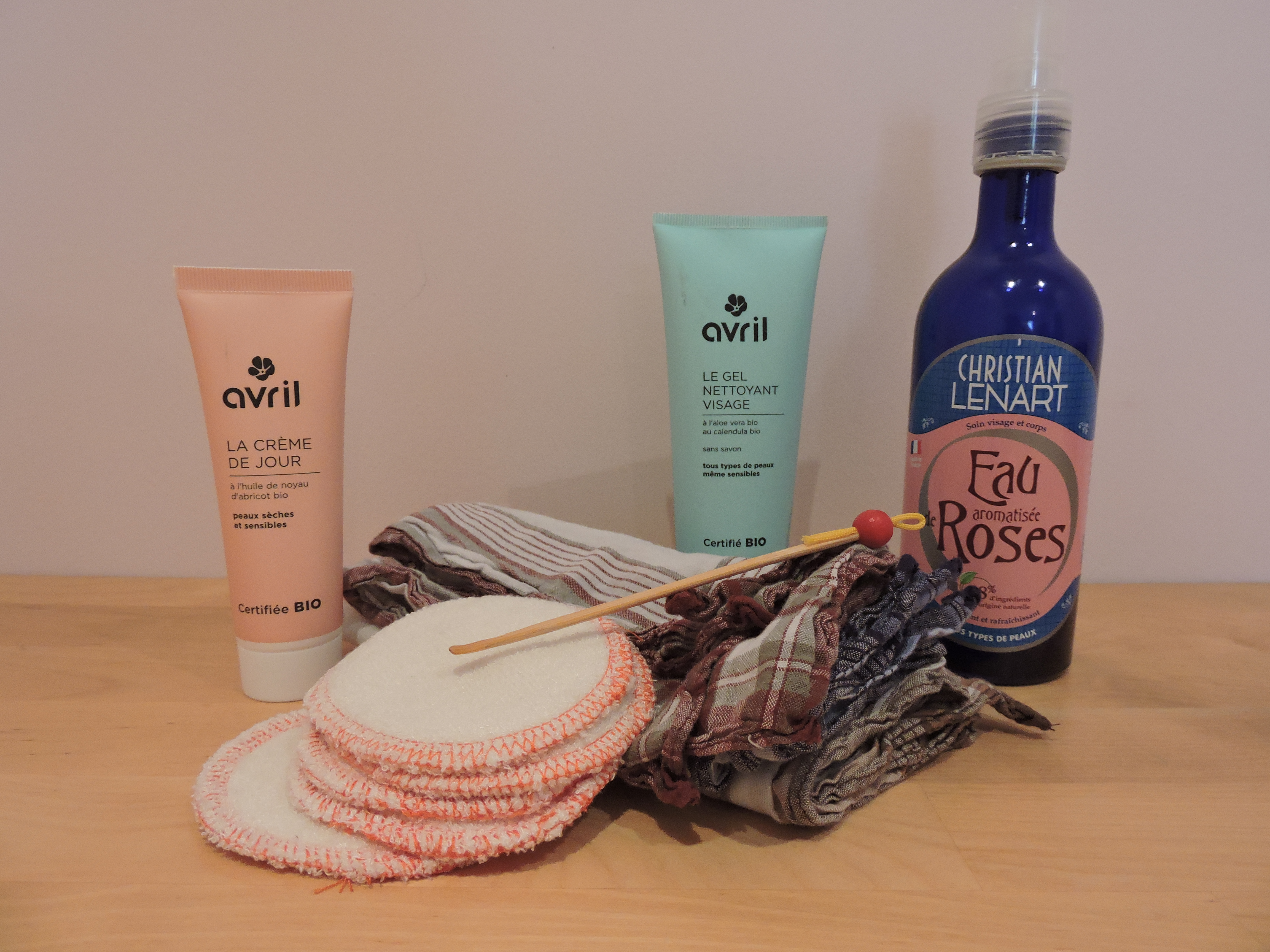
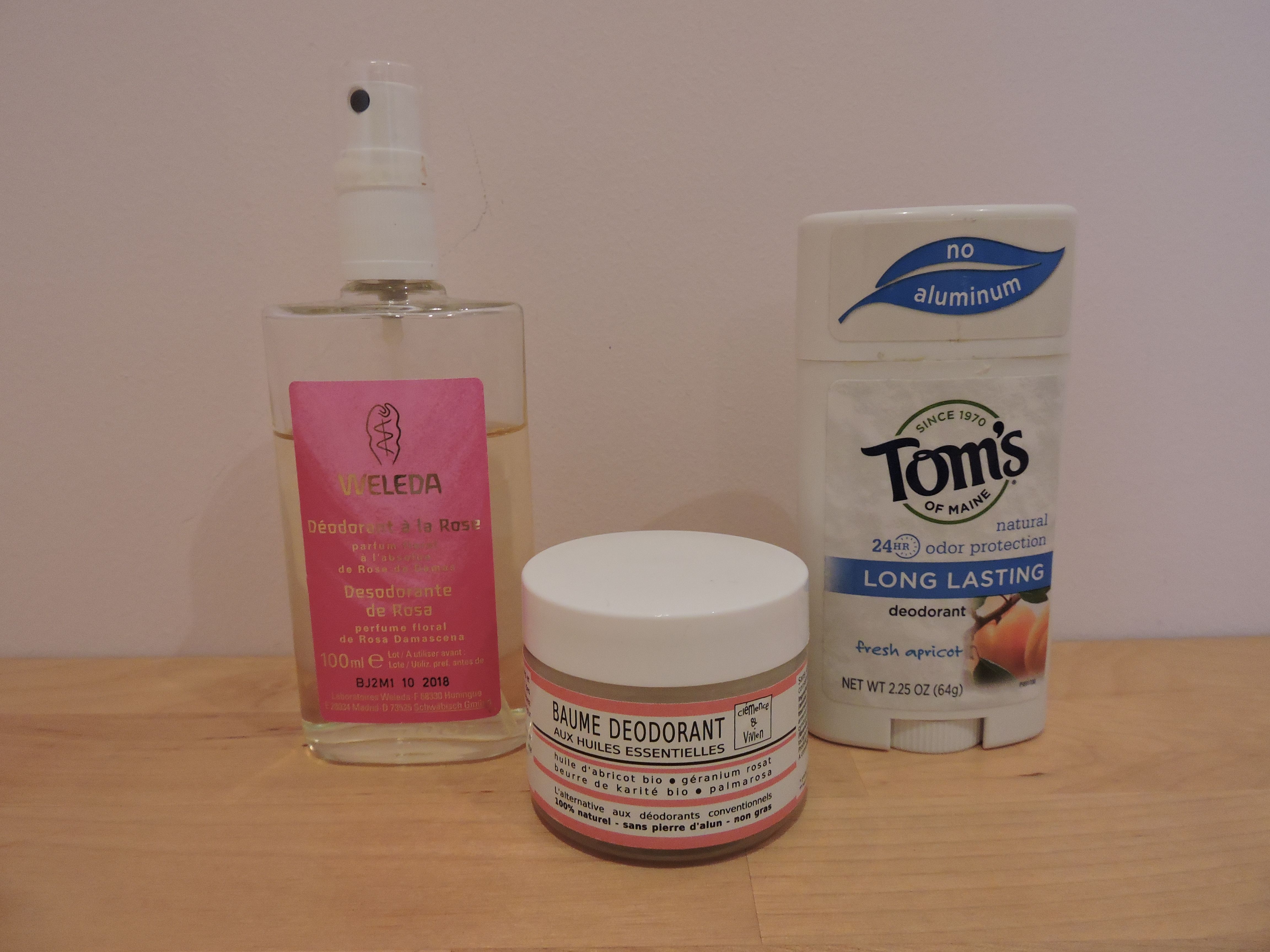
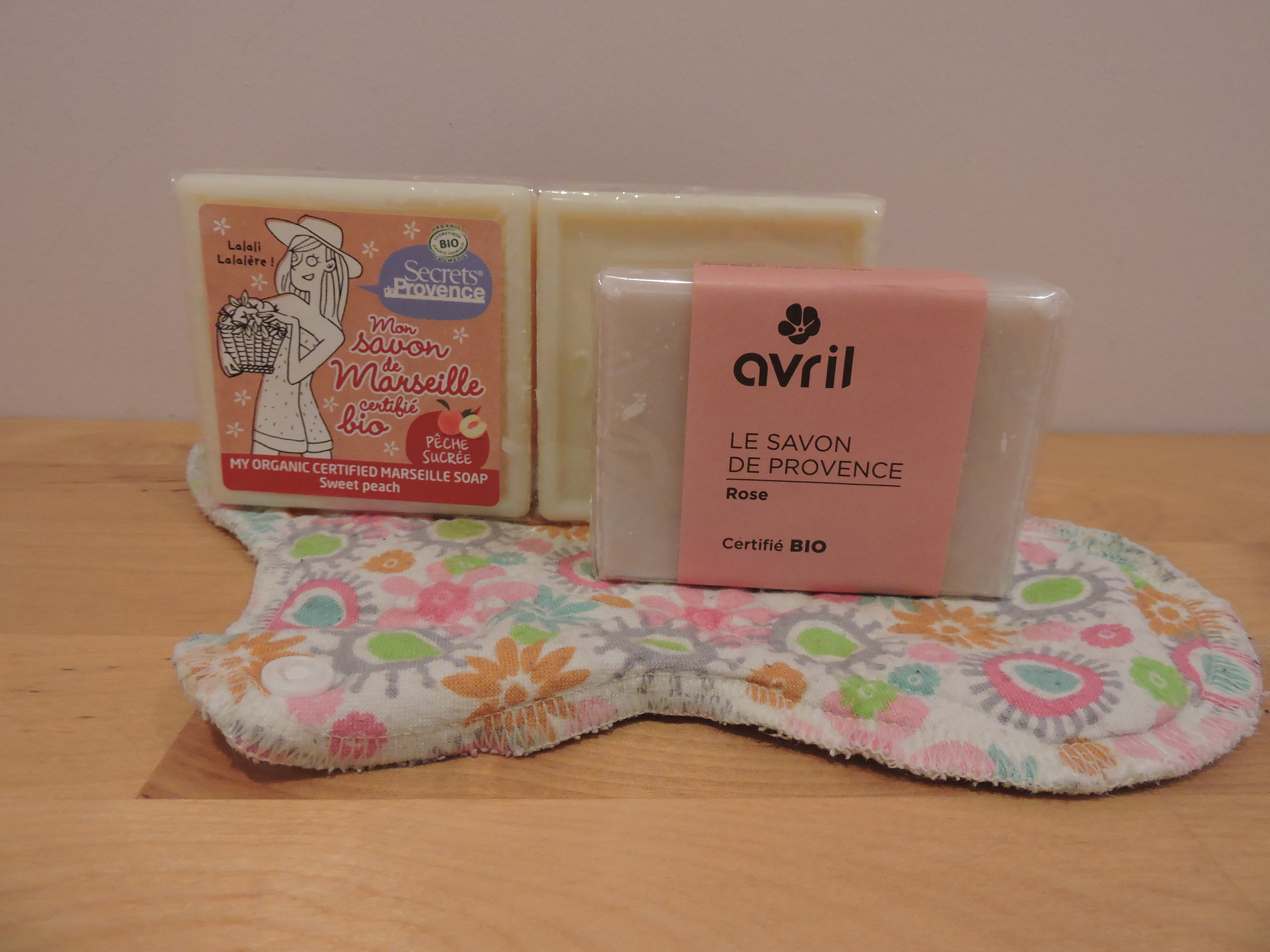
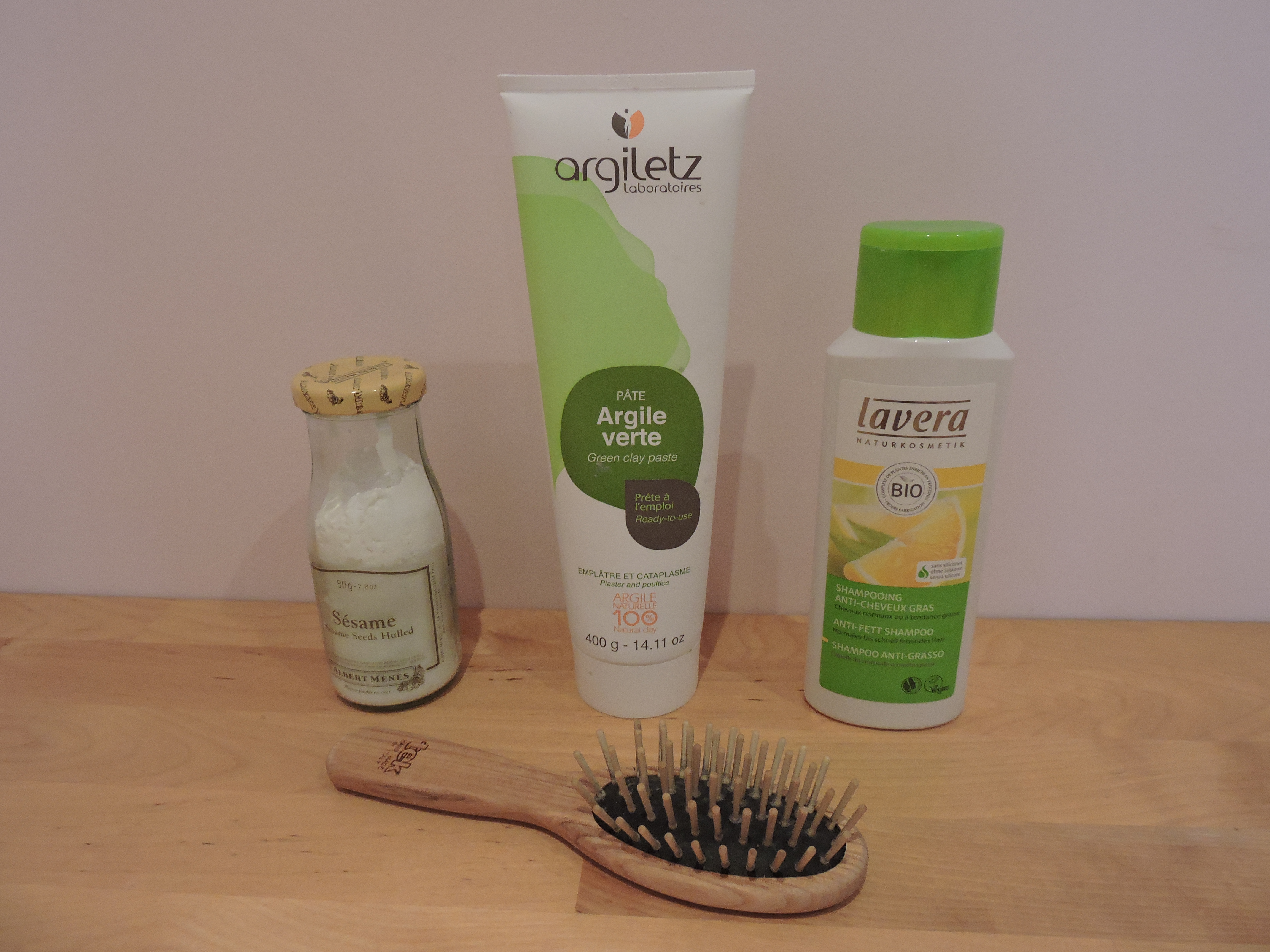
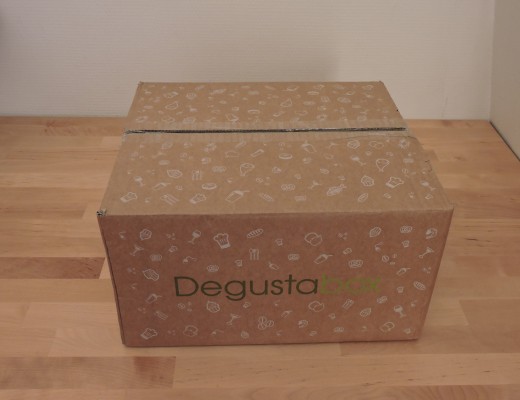
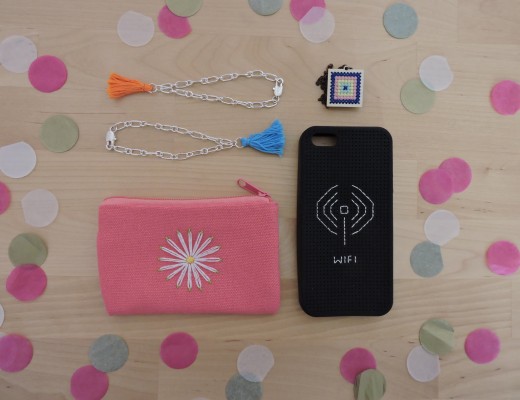
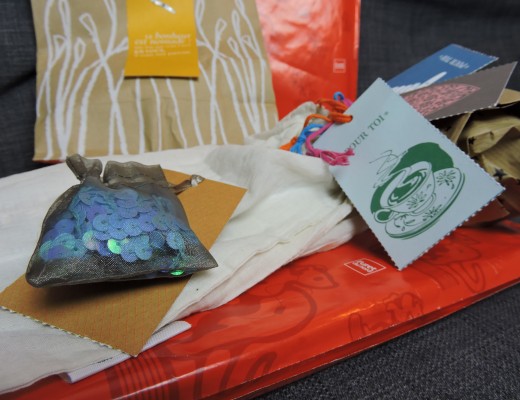






No Comments